ProductWorld 2020

Bri Martinez
3 minutes
In February, I attended DeveloperWeek’s ProductWorld conference in Oakland. Obviously based on the name, the main target audience was developers (mental note to convince our development team to go next time) and covered topics such as VR, AI, Blockchain Development, Microservices technology, new JavaScript frameworks, and a lot more.
The ProductWorld expo portion provided additional tracks for product management, UX, and product design. My ticket only gave me 2 day access, and although my designer brain had a difficult time comprehending the elusive developer language, I managed to find value in some of the talks I attended.
accessibility is still a big conversation.
Most of the talks I was able to attend focused a lot on accessibility. Accessibility design should be about empowering people with disabilities to understand, perceive, interact, and navigate a product without barriers. It’s still considered an afterthought, and we need to move away from that way of thinking and learn to understand that inclusion and accessibility are sub-components of design and usability.
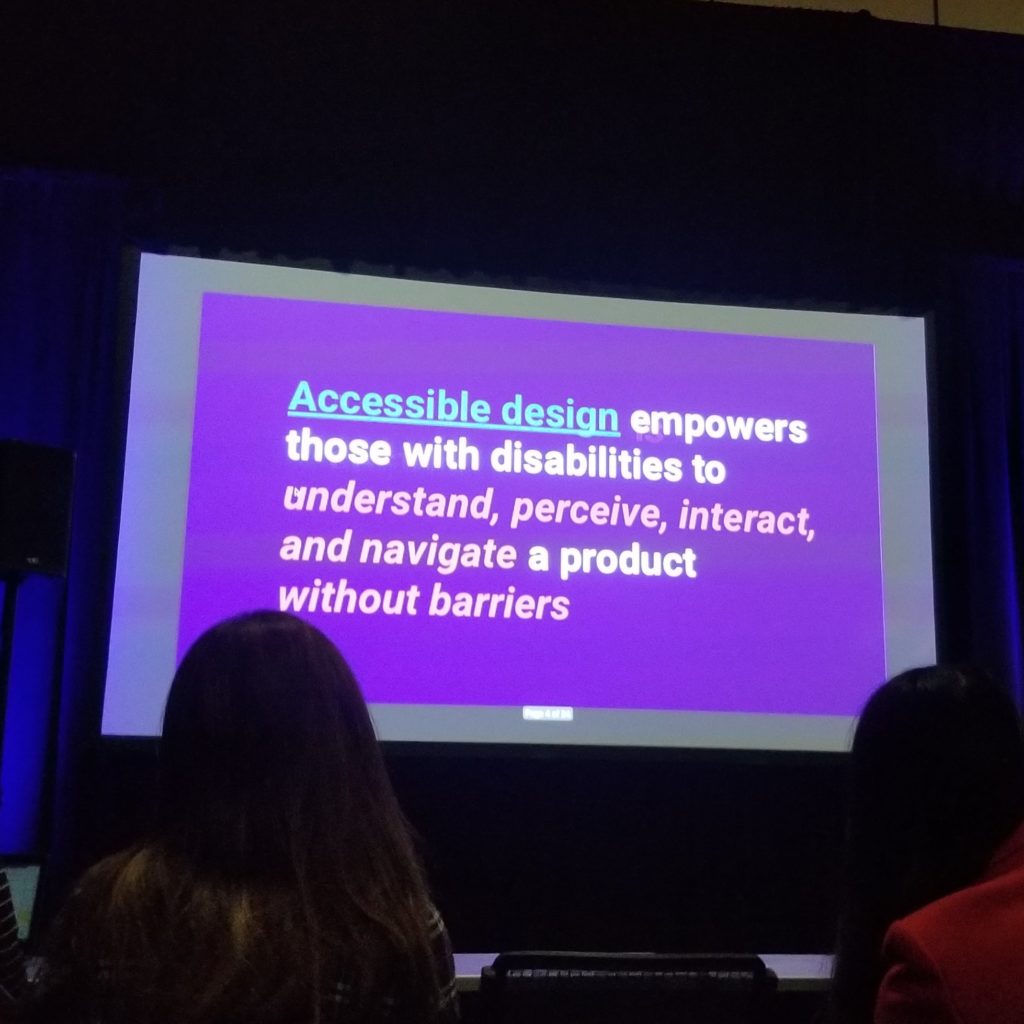
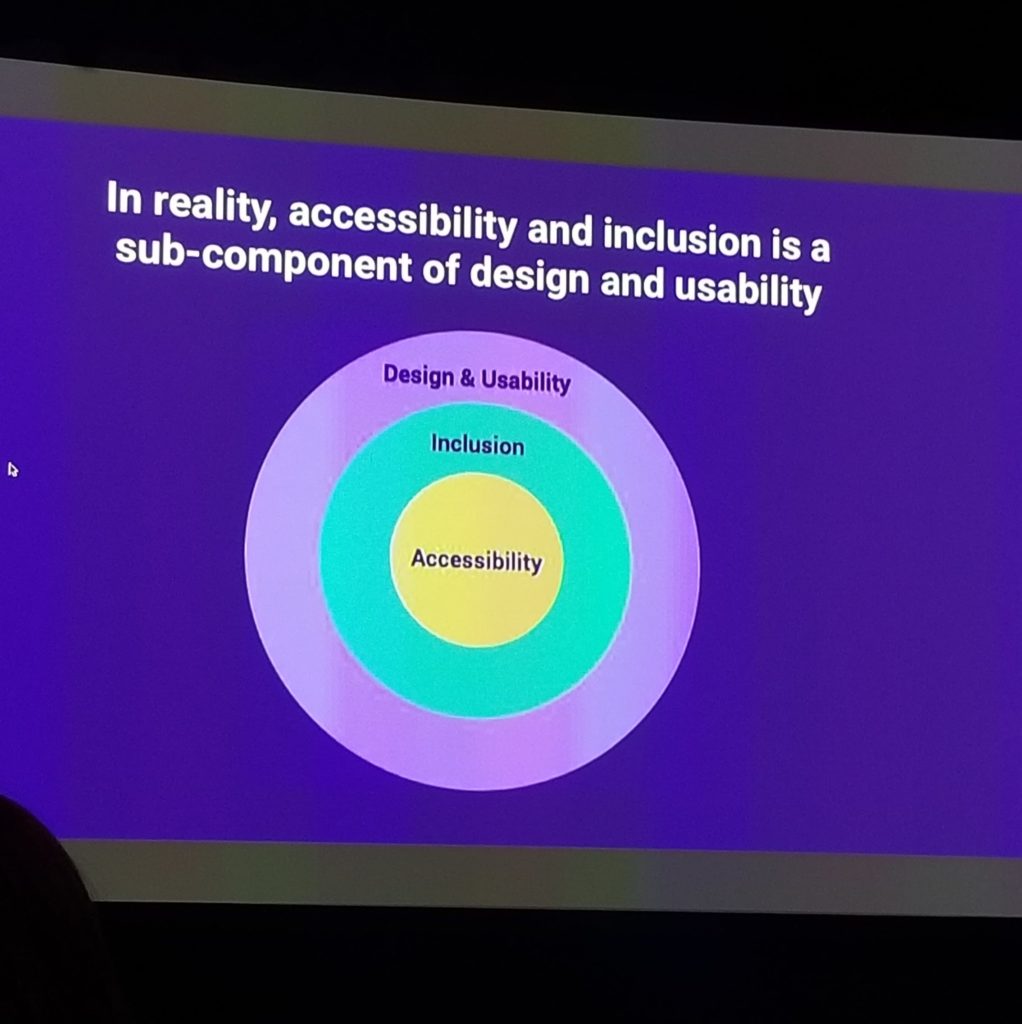
Inclusion and accessibility isn’t just about thinking of the most extreme/permanent case of someone with a disability. Some people may have temporary disabilities (arm injury, ear infection), and some may have situational disabilities (distracted drivers may not be able to see or someone with a heavy accent might have trouble being understood). Accessibility shouldn’t be seen as a roadblock, it should allow us to explore new ideas and be more creative in our designs for the products we create.
evernote: going back to basics
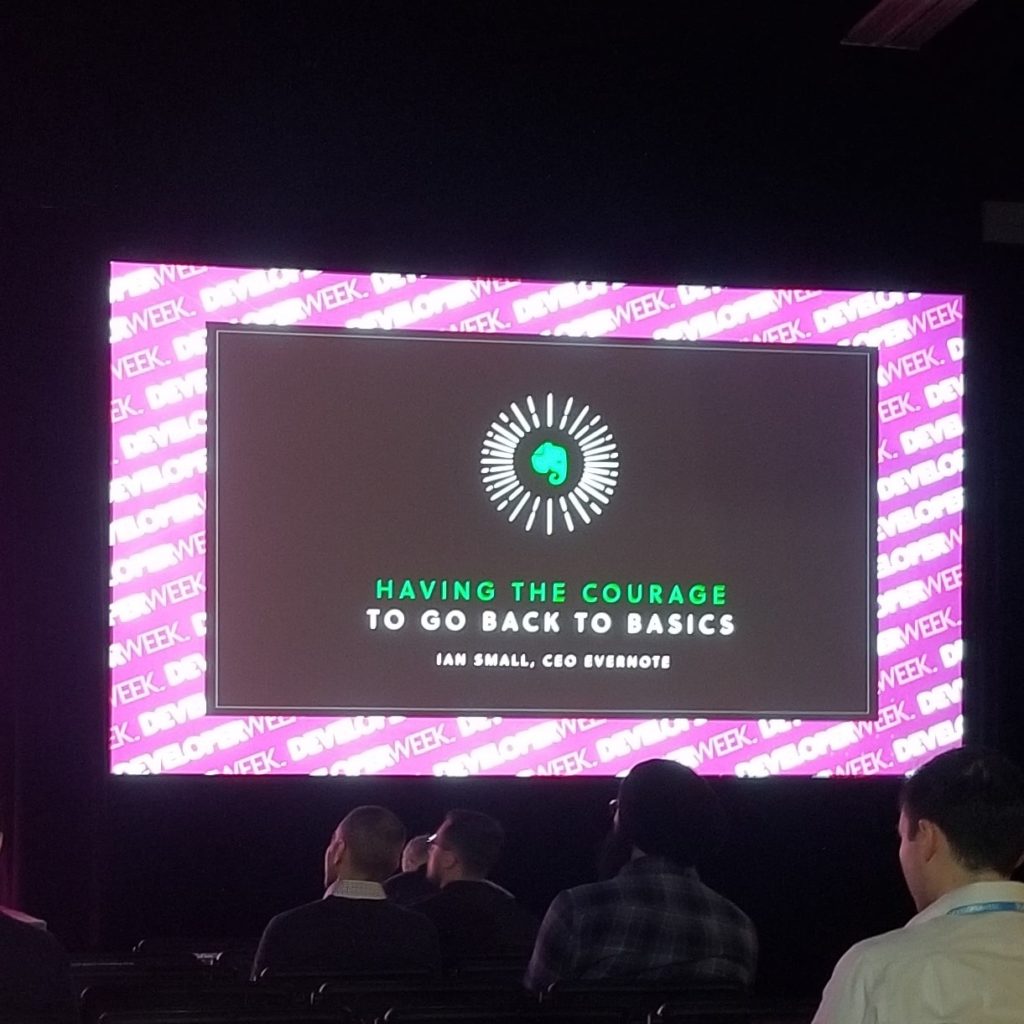
Another talk that really hit home with me was one from Evernote’s CEO talking about the importance of going back to the basics of your product’s foundation. Often what happens down the pipeline of a product launch is companies start to put their own agenda before users/clients. Updating or changing your product to feature more verticals or to accommodate a different audience can muddle the original product’s cornerstone.
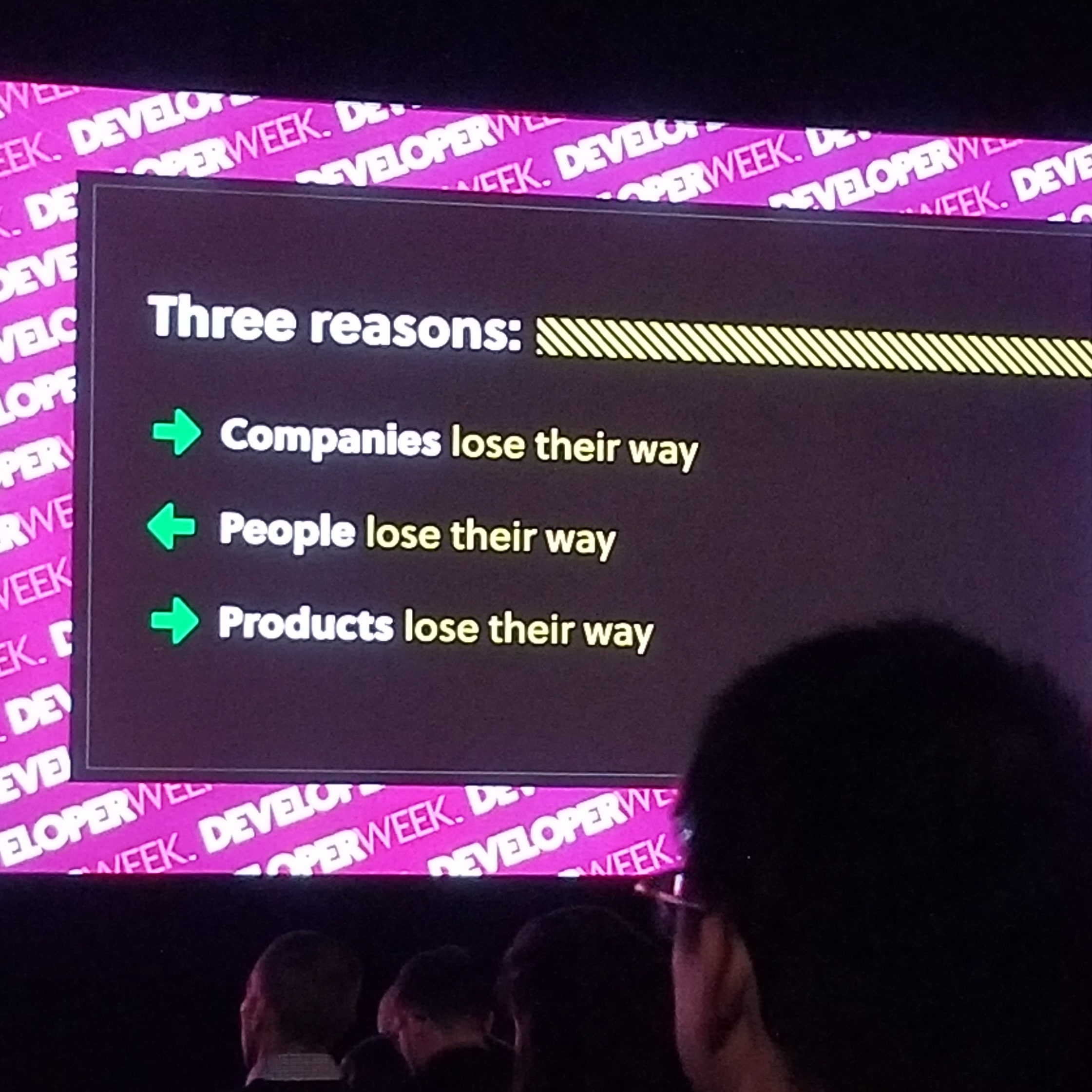
You run the risk of losing what your product once was and what the purpose was for your users. How well a product does is driven by users and clients, so it’s important to reassess what made your product successful by going back to the beginning and re-exploring the foundation of your product.
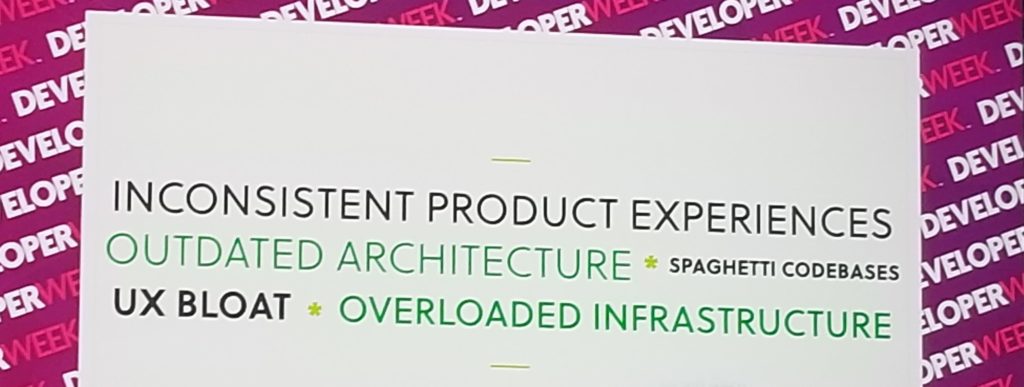
Not surprising, there can be apprehension in going ‘back-to-basics’. You need to get the support from your entire team; convincing everyone from developers, designers, product managers, account managers, etc. is a big task to accomplish even on a normal day. Especially, as in Evernote’s case, it looks like that puts you on a 2+ year roadmap. But if you take in your team’s input on issues with the product, be transparent to your users, and acknowledge what you’re doing, and why you’re changing it, it can help motivate the company to stay focused and on task. I think it’s always important to look at your product, whether it’s an app, brand, service, website, etc., and see if it still aligns with what your original intent was. Sometimes this check-in can help make your product that much stronger.
I enjoyed attending these talks and it was a breath of fresh air to walk the main floor and see what companies were developing and working on. If I were a developer, I’m sure a lot of the things would have been fascinating on a deeper level, but at least the robots were cute!
If you’re interested in learning more about accessibility and building a foundation for your product, I recommend you check out our brand series and our accessibility articles in our stories.
More
insights
Lorem ipsum dolor sit amet, consetetur sadipscing elitr, sed diam nonumy eirmod tempor.
©2025 300FeetOut All Rights Reserved | Privacy Policy